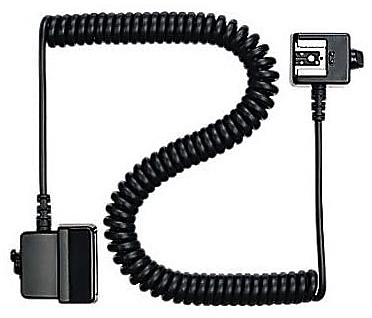This post is written by Guest Contributor, Janet Ochs Lowenbach. If you are also interested in writing a guest blog, please reach out using the form in the Contact page.
When you take out the rafts and sun hats, don’t forget to bring along your camera, because summer is an excellent time to take beach scenic shots. If you choose the right time, and are careful to protect your camera from the elements, you can get some beautiful photos to add to your portfolio and your wall.
First: the warnings. Sand and salt spray can play havoc with your camera, so use your head. Don’t open your camera any more than you have to: change your memory card at home. Keep your camera shaded under a blanket or umbrella not like a sitting duck baking in the hot sun. Don’t change your lenses at the moment your friend is shaking out a towel. And if sand or salt get in, immediately and carefully attempt to blow it or wipe it out. If you are not sure you have removed the offenders, take your camera to your repair shop.
If the weather is too harsh, consider leaving your camera at home and bringing a sealed disposable or simple underwater camera. Or, you might use a plastic bag over the camera body drawn forward and secured around the (open) lens with a rubber band.
Be careful with the lighting. Beach (and snow) scenes are so bright they fool the camera into underexposing. Do set the exposure properly either by reading off your hand or an 18 percent gray card and shooting on manual. Or simply open up one or two f stops to increase the light. You can check the pictures on the camera back if you have a digital camera and compensate accordingly.
Don’t just stand there and shoot into the waves: Look for different ways of seeing, other kinds of lines that lead the eye to the subject, and different ways to revealing the subject. Ask yourself what story you are trying to tell about the waves —are they symbols of a gentle nature? A ferocious adversary? Then try to demonstrate your answers. You've been unaccustomed to thinking like this, but such thinking will help you produce out-of-the-ordinary pictures.
Look for the quality of light. Don’t go out at noon and blast away. Go out in the early morning even before sunset or in the late afternoon, when the sun is low in the sky. At night, you will find a warm, reddish light that makes your photos glow with fire and emotion.
Composition is important. You don’t want your subject smack in the middle of the photo. Picture a tic-tac-toe grid over your viewfinder. (This is the rule of thirds.) You want your subject not in the center but at one of the points where the lines intersect.
Walk around the shot, face the waves, move closer and shoot sideways so the water fills the frame and you have land and water as the background. Shoot small things — the bubbles in the water as it pours over the shore, footprints on the sand, a dried out crab shell. Look and look and try to find something different, something that speaks to you and helps you speak differently to the audience.
In the pictures below, I encountered a log on the shore — unusual for the scene and a way to vary the lines and the lighting in the photo. In the first shot, it appears in the lower third of the photo to the left. In the second it is backlit and appears in the lower third to the right. The lighting is pastel.
The third shot attempts to show the power of the waves.
Sometimes unexpected things happen, as when my dog ran into the picture. If you expose for and set up a scenic shot, wait for a minute. A bird may fly across the sky; a person or dog may run across the view. This can only make things better.
















